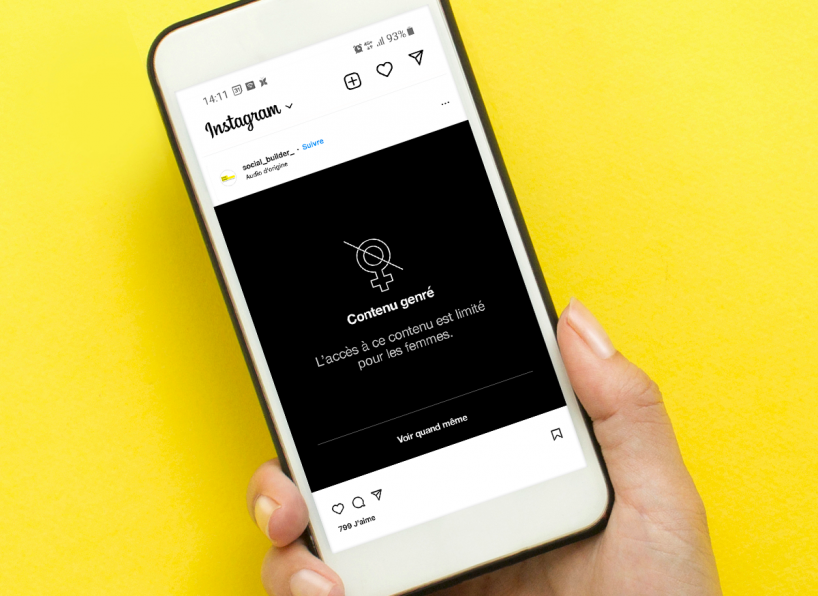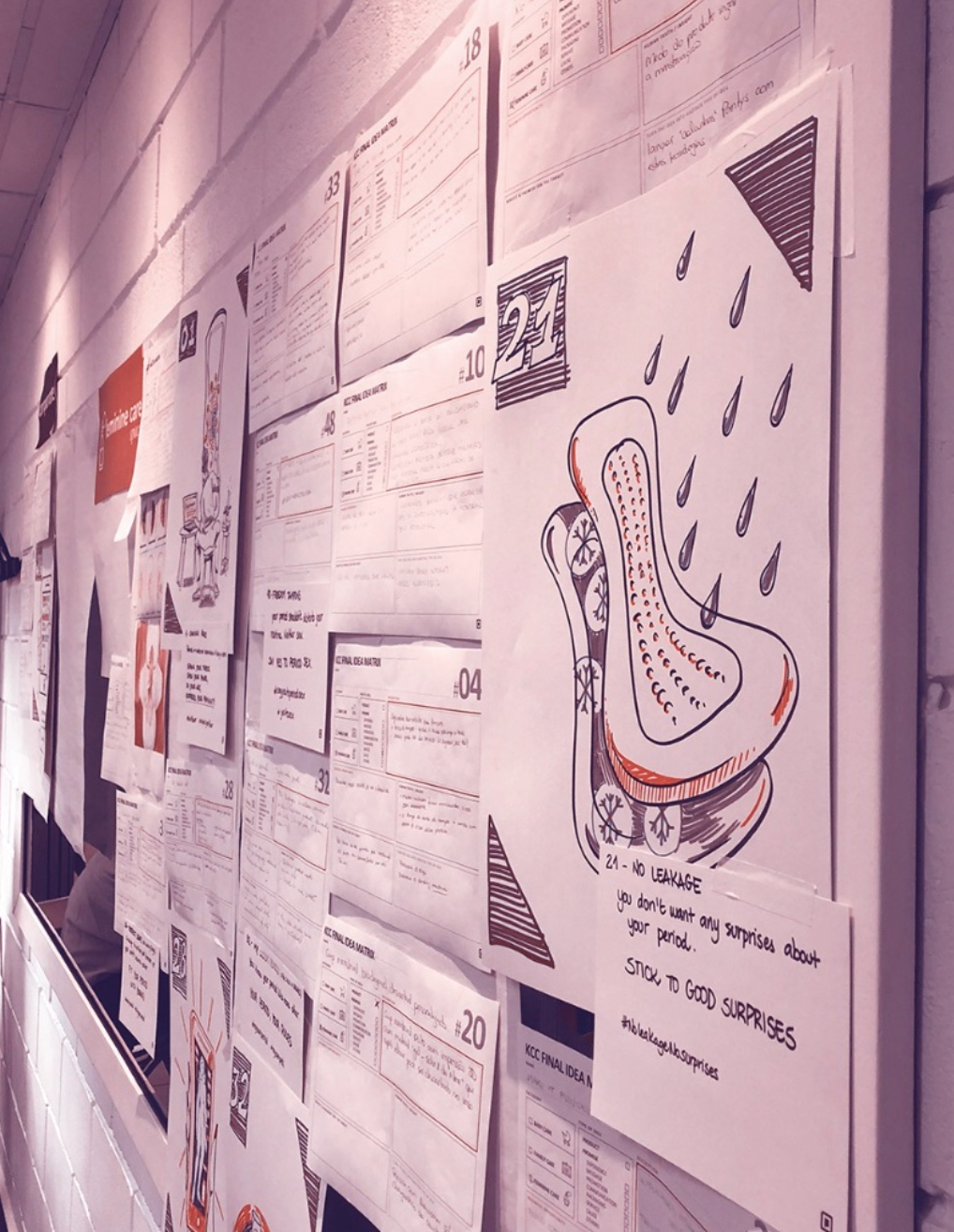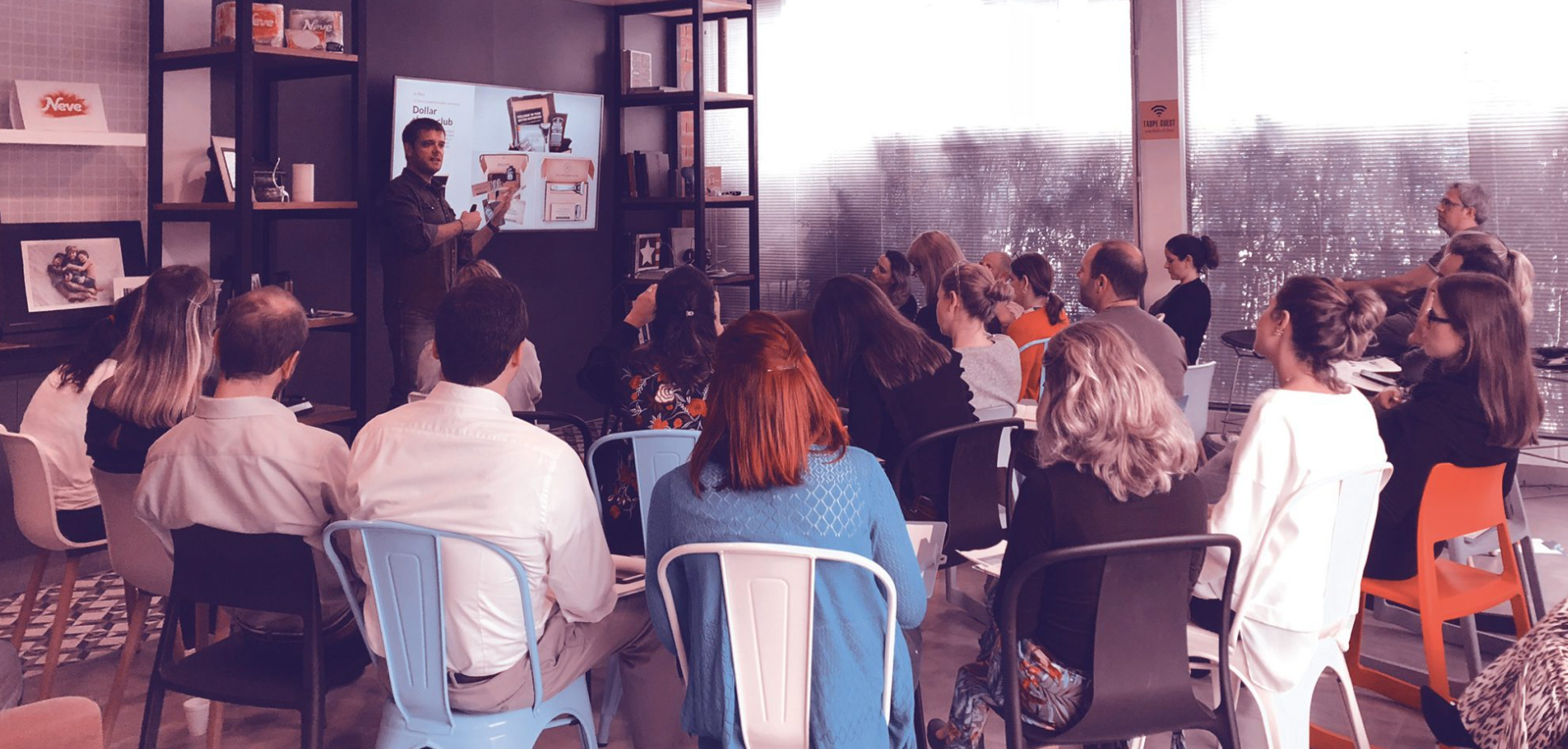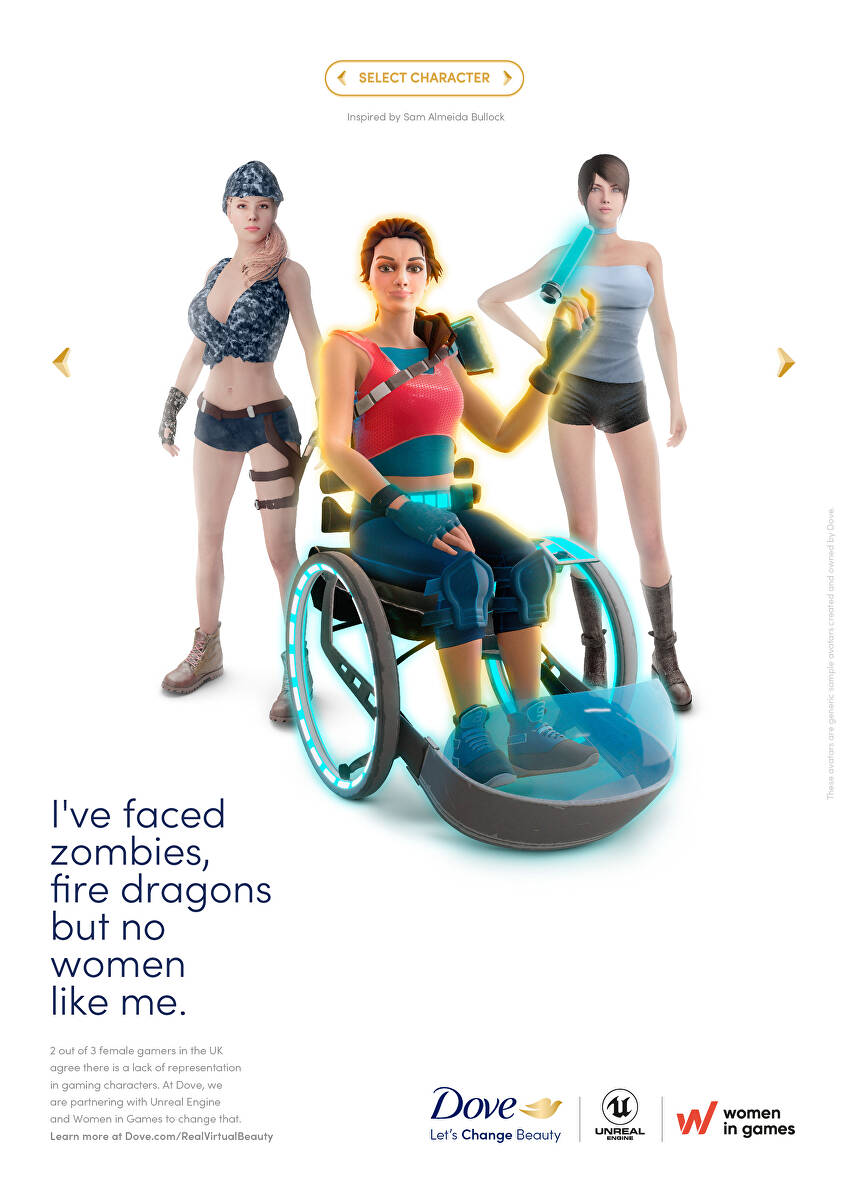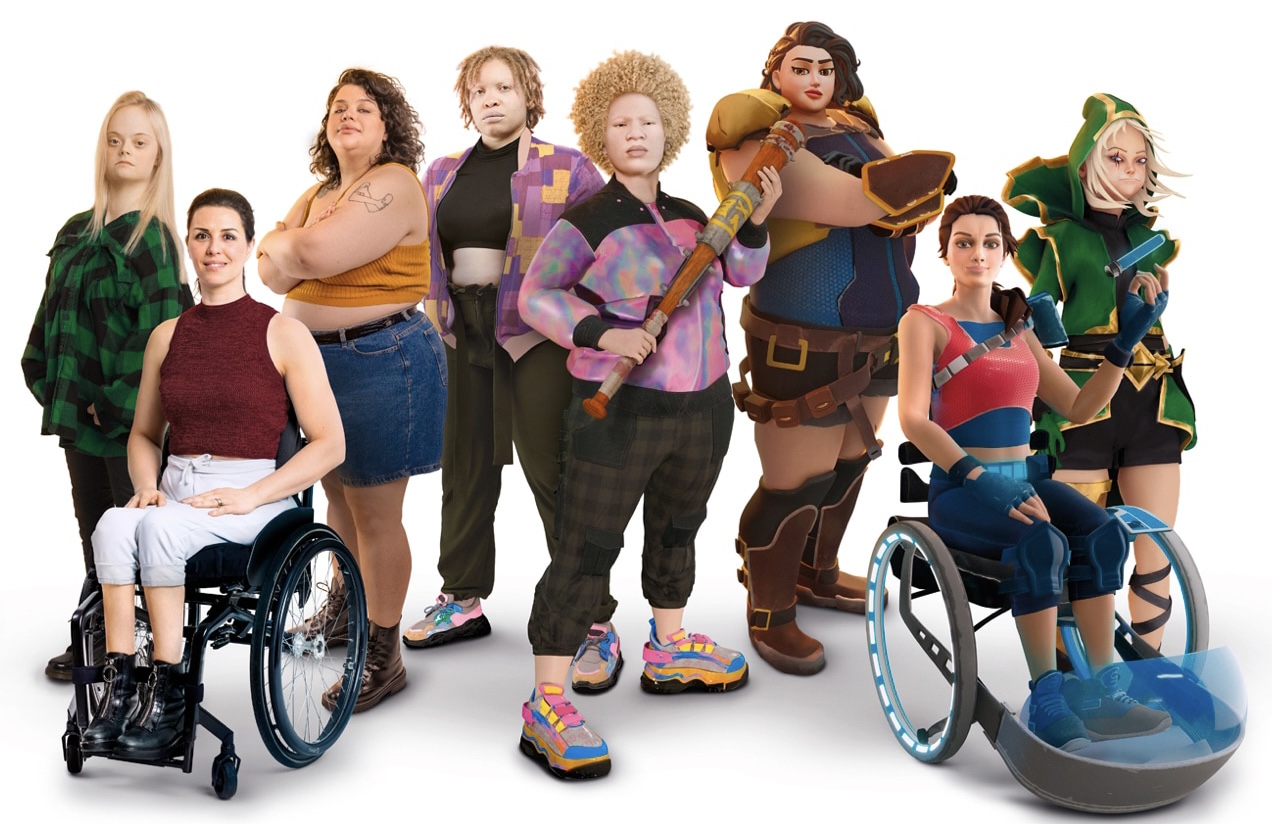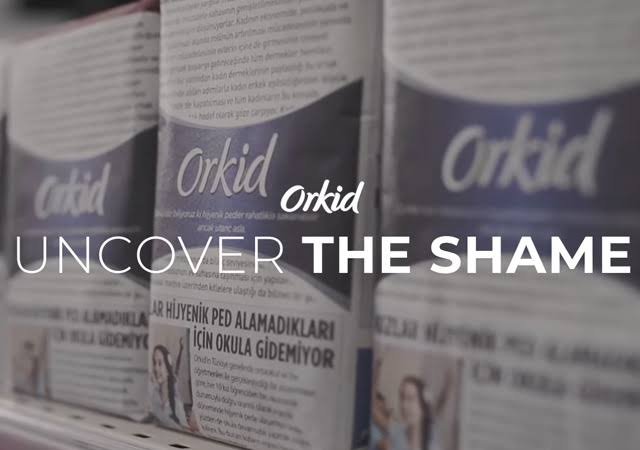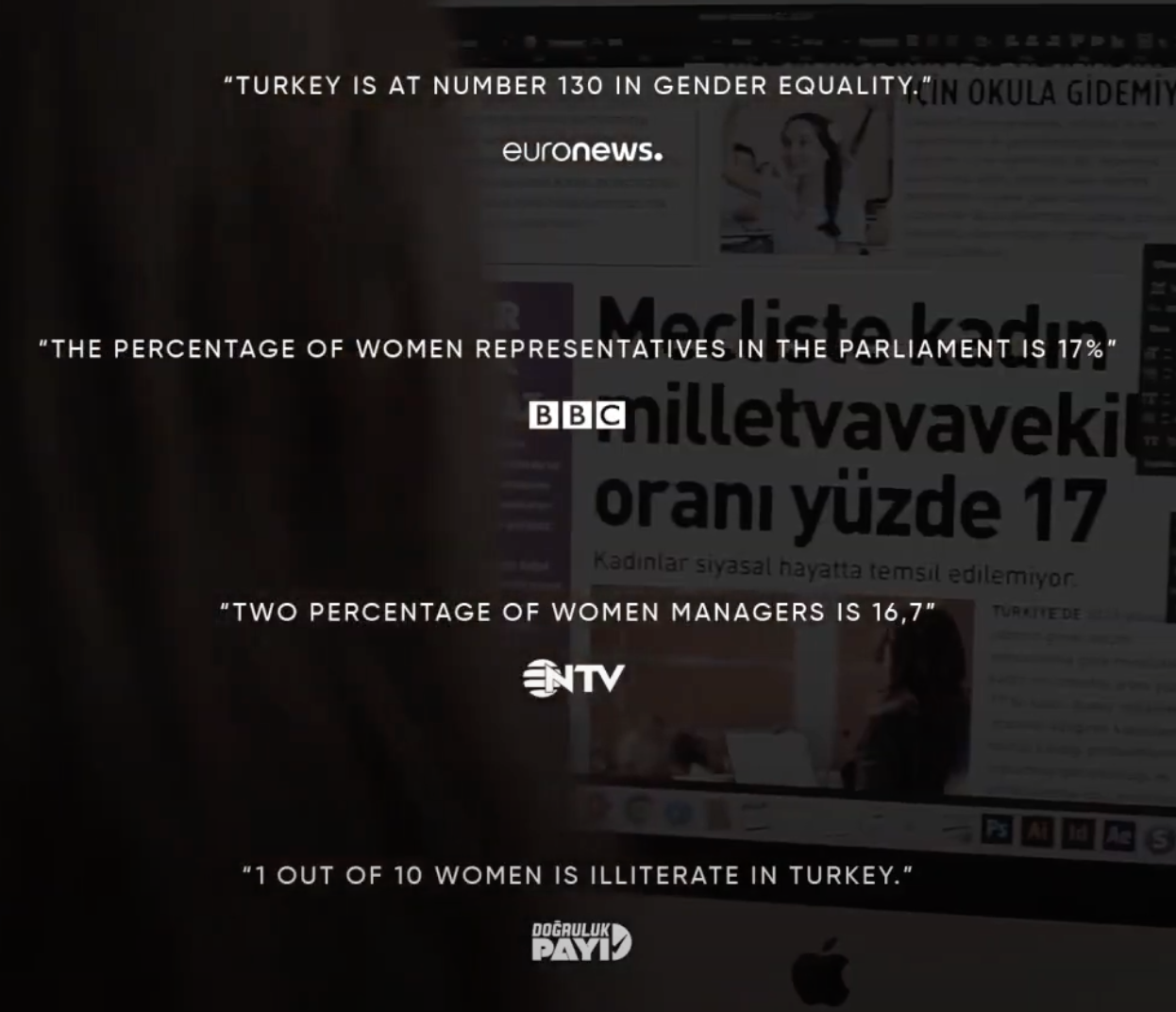#EmbraceEquity
This year in 2023, the International Women’s Rights Day aimed to raise awareness for difficulties women face to access digital jobs all around the world. The hashtag #EmbraceEquity, heavily used on social media this month, takes a stand for equity above all else, especially in our digital era. Stick with us to learn more.
REPORT.
/ Women, major absentees from the digital field
According to the Social Builder charity, 73% of digital professionals are men. To denounce the under-representation of women in this field, Social Builder diverts the situation by prohibiting job offers to women, masked by a “gendered content” warning.
A shock awareness campaign for women’s rights. Check it here.
To encourage accessibility, two key themes have been chosen this year:
- “DigitALL” to innovate for gender equality;
- “Embrace Equity”
The two cannot go without each other because: without equity, we cannot achieve equality.
Regardless of the industry, companies are the first on the line who must “put technology for a safer, more sustainable and fairer future”(UN WOMEN).
More and more brands today incorporate the concept of inclusivity into their products’ design or their communications strategy to celebrate accessibility.
Does it really contribute to female integration, or it is only an illusory image of an employer brand promise?
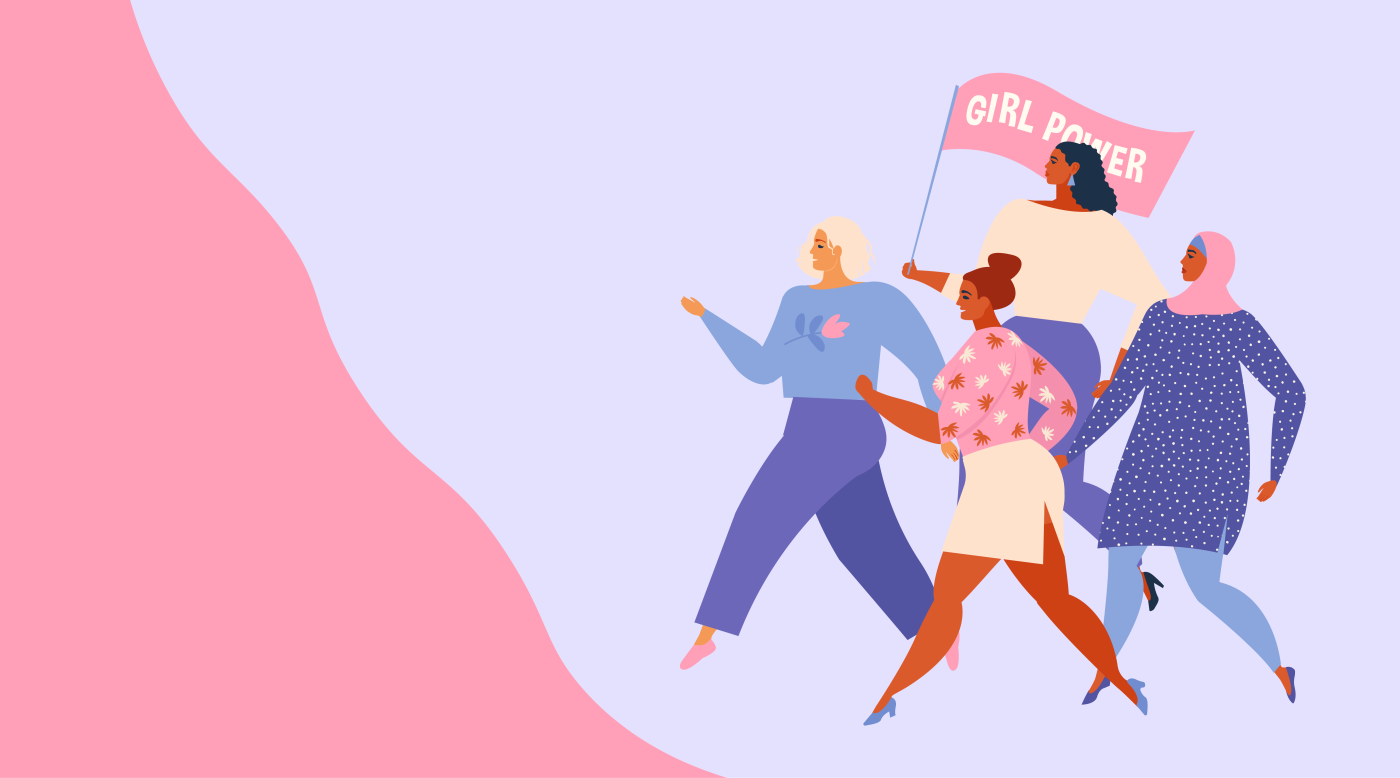
MUST HAVE.
/ Let's adopt an inclusive, accessible and gender-neutral design
Just like the tech sector, design too must raise awareness by adopting strategies for female inclusion.
Through inclusive design, brands today strive to celebrate diversity and empowerment of minorities. Normalizing bodies, de-gendering products or celebrating multiculturalism are part of multiple inclusivity strategies to enable accessibility.
To be consistent with the values of our 3.0 era, brands today are encouraged to:
- Fight against gender discrimination and sexism
- Celebrate intuitive and more accessible design
- Embrace equity through inclusive identities
/ FEMININE INCLUSIVITY.
Design is a powerful tool to strengthen the empowerment of women. How? By creating products and services that meet their needs and allow them to better understand their environment; that is a real power tool. Whether it is the product itself, its packaging, or the communications strategy, brands are invited to give women greater self-confidence.
By involving women in the process of designing products and services that affect them, brands give them a sense of active participation and responsibility. Surveys, interviews or focus groups allow brands to understand the state of mind of consumers and their needs, whether it’s physiological (body), psychological (self-esteem) or social (belonging).
CBA LATAM – our studio in Latin America – was able to support KIMBERLY-CLARK, the American leader in sanitary protection, in the design of an application aimed at having several consumers test sanitary pad formats.
Consumers were invited to take a photo of their underwear to allow artificial intelligence to innovate the adaptability of the pad’s shape.
Thanks to various consumer tests, the brand was finally able to co-create the ideal product with its community. Discover the case here.
60% of girls start playing video games before the age of 10.
60% of girls start playing video games before the age of 10.
60% of girls start playing video games before the age of 10.
The representation of different identities on digital platforms also allows communities to be better highlighted, whether they’re a minority or not.
DOVE, in its “Real Virtual Beauty” campaign (2022), has made it a mission to “challenge the representation of women in video games in order to help make the virtual world a positive space for them”.
60% of girls start playing video games before the age of 10.
The representation of different identities on digital platforms also allows communities to be better highlighted, whether they’re a minority or not.
DOVE, in its “Real Virtual Beauty” campaign (2022), has made it a mission to “challenge the representation of women in video games in order to help make the virtual world a positive space for them”.
With avatars becoming ever-present in the gaming industry, it is a must today to design more inclusive digital spaces by highlighting multiple identities.
A study conducted by DOVE found that 60% of girls start playing video games before the age of 10. On the other hand, female characters in digital spaces are known to be highly sexualized with considerably stereotyped beauty criteria such as: unrealistic body dimensions, or sexualization through clothing, and so on.
Thus, as part of its “Real Beauty in Games” training program, DOVE aims to give video game developers proper education to “create a healthier and more diverse representation of girls and women in video games around the world”.
Results:
- Creation of diverse characters
- More inclusive avatar design
- Normalization of body diversity
/ ACCESSIBILITY, or when design allows access to information.
In addition to inclusiveness, design also contributes to strengthen empowerment by creating products and services accessible to all women, regardless of their disability, education level or social background. By using intuitive interfaces, design allows women to better understand their environment by considering issues of accessing information.
ORKID, the leader in sanitary protection in Turkey, launched a bold awareness campaign in 2019 against femicide and the social taboos associated with menstruation.
This is the statement of the brand: “In Turkey, sanitary pads are wrapped in newspapers at the time of purchase because of the shame associated with periods. In a society where violence, discrimination and injustice against women fill the newspapers, it is not selling sanitary pads that should be shameful”.
ORKID, the leader in sanitary protection in Turkey, launched a bold awareness campaign in 2019 against femicide and the social taboos associated with menstruation.
This is the statement of the brand: “In Turkey, sanitary pads are wrapped in newspapers at the time of purchase because of the shame associated with periods. In a society where violence, discrimination and injustice against women fill the newspapers, it is not selling sanitary pads that should be shameful”.
Turkey is at number 130 in gender equality.
ORKID used a unique packaging idea by wrapping pad packs in printed newspapers with headlines referring to the main difficulties faced by Turkish women:
“low employability and political representation, violence of gender and an insufficient literacy rate“.
This new packaging has met unprecedented success in sales while tearing public opinion apart.
ORKID used a unique packaging idea by wrapping pad packs in printed newspapers with headlines referring to the main difficulties faced by Turkish women:
“low employability and political representation, violence of gender and an insufficient literacy rate“.
This new packaging has met unprecedented success in sales while tearing public opinion apart.
/ DESIGN, A POWER TOOL.
In conclusion, design in our era is intended to be a transformative power tool allowing women to speak out, celebrate their inclusion and strengthen their autonomy. Consumers ask brands to design their products considering gender equality issues and the diversity of their needs.
On the other hand, is neutrality now considered old-school in the tone of voice of a brand? Has taking a position become essential in product design or brand communication strategies? To meditate…
Want to go further?
Download our Design Trends Report and follow our hottest empowerment design tips!
Check our Women’s Rights Month interviews with our collaborators in our Paris agency. Let’s meet in the comments section!
Written March 27th 2023 by Dilara Cetiner

